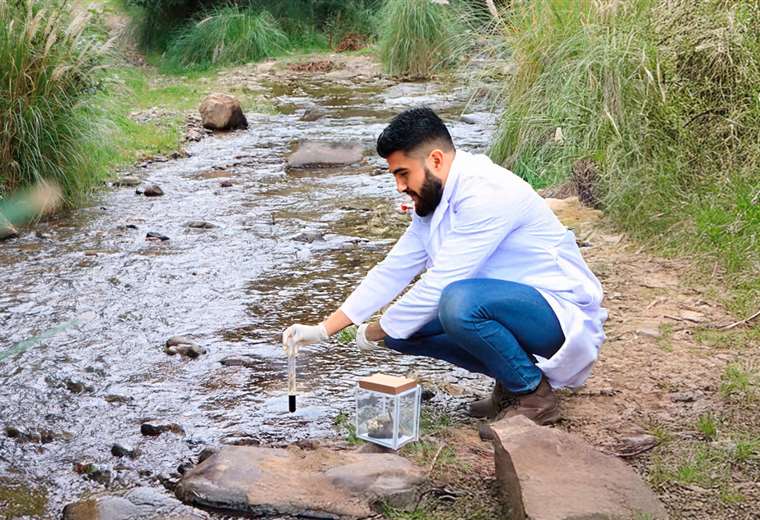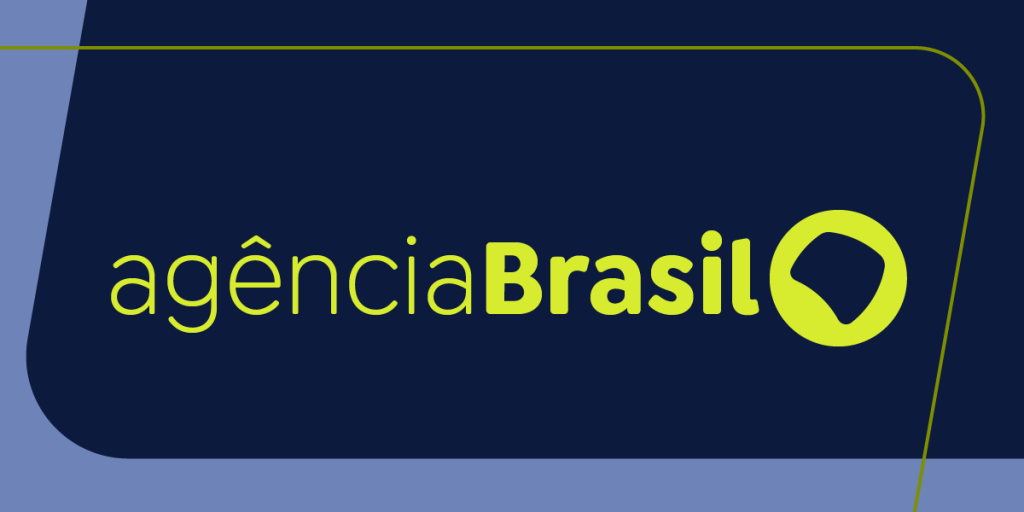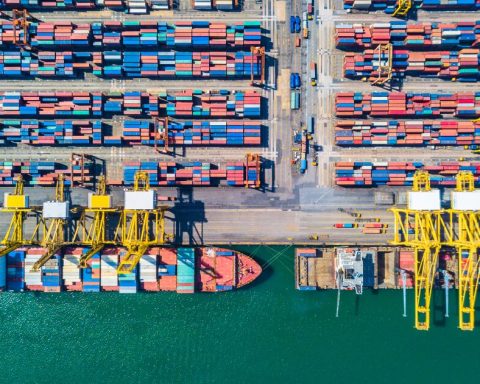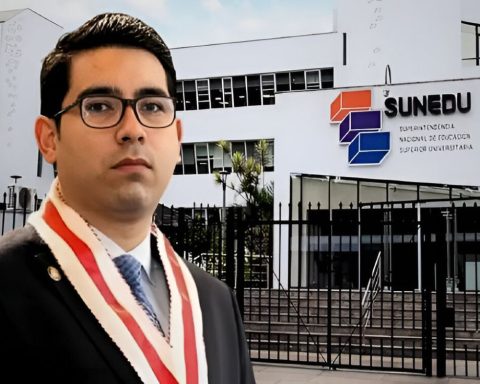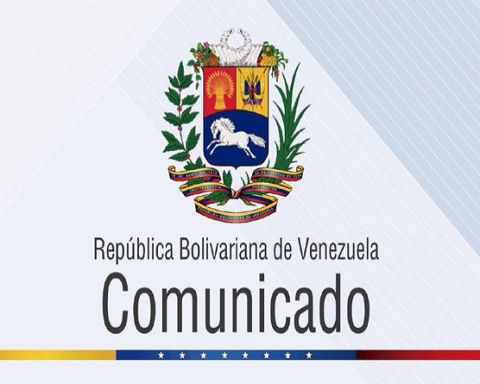September 18, 2024, 9:00 AM
September 18, 2024, 9:00 AM
The Rocha River is an emblem of Cochabamba. Rolando Egüez remembers that in past years people used to bathe and cool off in its waters, but now they no longer want to go near it because of its pollution. This situation motivated the student to create a water quality monitoring system with alerts and real-time information, with the purpose of contributing to the revitalization actions of the tributary, which is even used by farmers for irrigation.
“For us, the people of Cochabamba, the Rocha River is very special. The entire city is practically connected by the bridges that cross it; its waters were entertainment for many families, but unfortunately it has been in a very bad state for years. I would like its waters to return to what they were before or at least to be close to it, that is what the Hidro project is looking for,” says Egüez, a Systems Engineering student at Franz Tamayo University, Unifranz.
Hidro is the name of the innovative water monitoring system that measures pollution levels in the Rocha River and provides accurate data thanks to its automated system with advanced sensors connected to a digital platform that shows water quality in real time.
The student explains that it is designed to detect and alert key pollutants, such as heavy metals and industrial waste on the banks and inside the tributary, which helps in rapid intervention in risk situations. All this because several laboratory analyses, published in recent years, revealed that the river contains heavy metals, pesticides and even detergents in surprising quantities.
“The system has sensors installed that specifically monitor water temperature, pH (a measure of water acidity) and turbidity (a measure of the amount of particles suspended in the water). The data provided by the sensors is displayed on a web page and with this information we hope to help adopt measures or policies to regulate the level of water quality, in case it is not acceptable; if it is within the parameters, it will help prevent the level from falling,” Egüez explains.
The Hidro project, with its innovative monitoring system, is presented as a tool for public policies aimed at combating pollution in the Rocha River. In addition, the data it generates can serve as a basis for the formulation and adjustment of actions that regulate the quality of its waters. This capacity for continuous and precise monitoring is essential for the implementation of effective measures that protect public health and the environment.
Consequences of pollution
According to data from the German cooperation agency GIZ, which monitors revitalization projects in the area, 76% of the population of the department of Cochabamba, with more than 1.3 million people, lives in the Rocha River basin. Therefore, population growth and the discharge of domestic and industrial wastewater along its path accelerated the deterioration of the tributary.
The issue is worrying in terms of the environment, but also in terms of public health, because contaminated water and poor sanitation contribute to the transmission of diarrheal diseases, hepatitis A (inflammation of the liver due to eating contaminated food or water), dysentery (inflammation of the intestines due to eating dirty water), among others. In fact, Cochabamba is the city with the most cases of acute diarrheal diseases (EDAs) in the country.
In addition, producers from the central and lower valleys use the water to irrigate their crops, whose products are sold in the department’s supply centers. According to a study by the Cochabamba Governorate, some 1,606 hectares are irrigated with the waters of the Rocha River, pumped by more than 2,200 irrigators. The Comptroller’s Office concluded in 2011 that this tributary is not suitable for irrigation after conducting an environmental audit.
With Hidro, Egüez aims to help in the recovery of the Rocha River. He also mentions that it is designed for implementation in urban areas as well as in industrial sectors, where water pollution is particularly critical. Its use can be extended to other rivers in the country with pollution problems, an alternative that is present in the student’s projects.
This is part of Unifranz’s integrative projects, essential to its educational model because they allow students to apply their knowledge to solve real problems and develop technological solutions, contributing significantly to society. Hidro not only improves water quality, but also serves as an educational tool to promote environmental awareness and sustainable development.
“Hidro aims not only to raise awareness in society about the impact of pollution, but also to train the population to act quickly to protect our health and the environment,” concludes Egüez.
